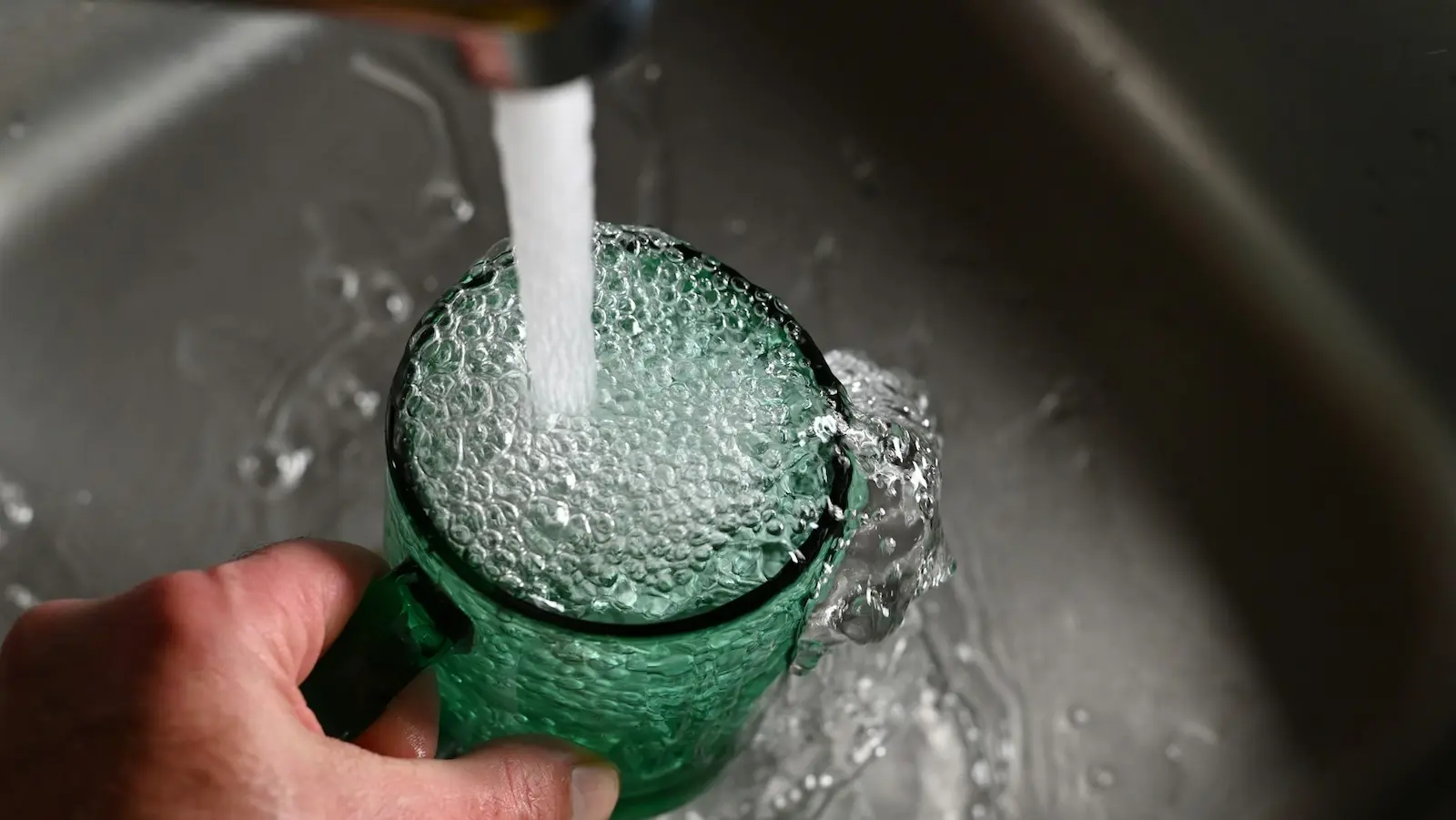After years of bubbling tension between the 17 main water and wastewater companies and almost everyone else from business water customers, companies who help businesses switch suppliers, homeowners and Ofwat themselves.
The latter has ended with Ofwat ordering the entire sector to return £158m in bills due to missing key pollution and leaks targets even harder than they have in previous years.
This news is not entirely surprising, given that it is simply a reflection of the compounding of years of issues with the water sector that has lurched from controversy to crisis.
What is unusual is the timing; in December Ofwat is set to approve bill rises that are half of what the industry has requested but are still significant given that the quality of water and service has not reached an acceptable standard by Ofwat’s own admission.
This means that in 2025, bills are set to both increase and decrease at the same time. How is this possible?
How Do Water Refunds Work?
Ofwat sets strict targets for the water companies in England, assessing them on a range of performance-related key indicators.
There are many of these, but the most important ones when it comes to underperformance involve pollution incidents, leaks, environmental performance and customer satisfaction.
If companies exceed these targets, they can charge customers more, but if they underperform then customers will receive a discount on their next billing year. Only four companies will be able to charge more based on performance.
It is somewhat more complex than this and it is not exactly without controversy when it comes to how performance is measured, but this is the intention of the system to incentivise improvements.
To what extent it has worked is somewhat questionable, given that £158m worth of refunds are set to be given out, which equates to roughly £10 per customer, determined by region.
Give And Take
The problem with this system is that even for companies that are set to refund a significant amount to customers, any reduction they have to pay will be more than offset by increased water bills, and this breaks any illusion that performance-related discounts will help incentivise performance.
After several years of leaks and raw sewage, the water companies deemed most responsible and have been fined the most by Ofwat have also demanded the highest bill increases, which at best is considered to be rewarding failure and at worst might be passing the fines onto customers.
This is the precarious tightrope Ofwat is walking on; improvements need investment, but poor performance leads to fines that are claimed to hamper this investment, which has led to claims that fines for failure create a vicious cycle.
This ends up leading to a bizarre middle ground where bills increase but by not quite as much for people who get their water from underperforming companies.
It is not quite this simple of course; billions of pounds have been taken out of the industry, with overall investment shrinking by £5.5bn adjusted for inflation.
The perverse incentive ends up being that failure is rewarded with increased price hikes justified by investment in infrastructure, as any performance-related bonus or penalty is a relatively trifling amount compared to the money generated through bill increases.
It is also a relatively small amount compared to the peril that certain water companies see themselves facing.
Drop In The Thames
With every week, the Thames Water situation seems to become increasingly dire.
Whilst it managed to escape a £410m debt repayment on 7th October, Thames Water needs at least £750m to avoid going under by early next year.
The estimate that the largest private water company in England would run out of money in May 2025 is, at present, looking optimistic, with the risk of the company defaulting on its debts before Christmas increasing on a daily basis.
The company is not helping itself in this regard. Existing investors have refused to add any more equity, and the company has been late in submitting fundamental financial information necessary for investors to even begin the process of submitting offers should they want to.
One unnamed potential investor cited in the Financial Times noted that the initial pitch document alarmingly seemed to “ignore reality”, not mentioning the financial distress at the heart of the entire pitch, let alone the fact that Thames Water is staring into the abyss of bankruptcy.
Another restructuring plan has also been worked on by its 90 creditors, with both scenarios aiming to try and avoid the potential for a form of nationalisation known as the Special Administration Regime.
What will happen next will in many respects depend on what happens in December, and to what extent water bills will rise and lower at the same time.



